Tidal Exchange











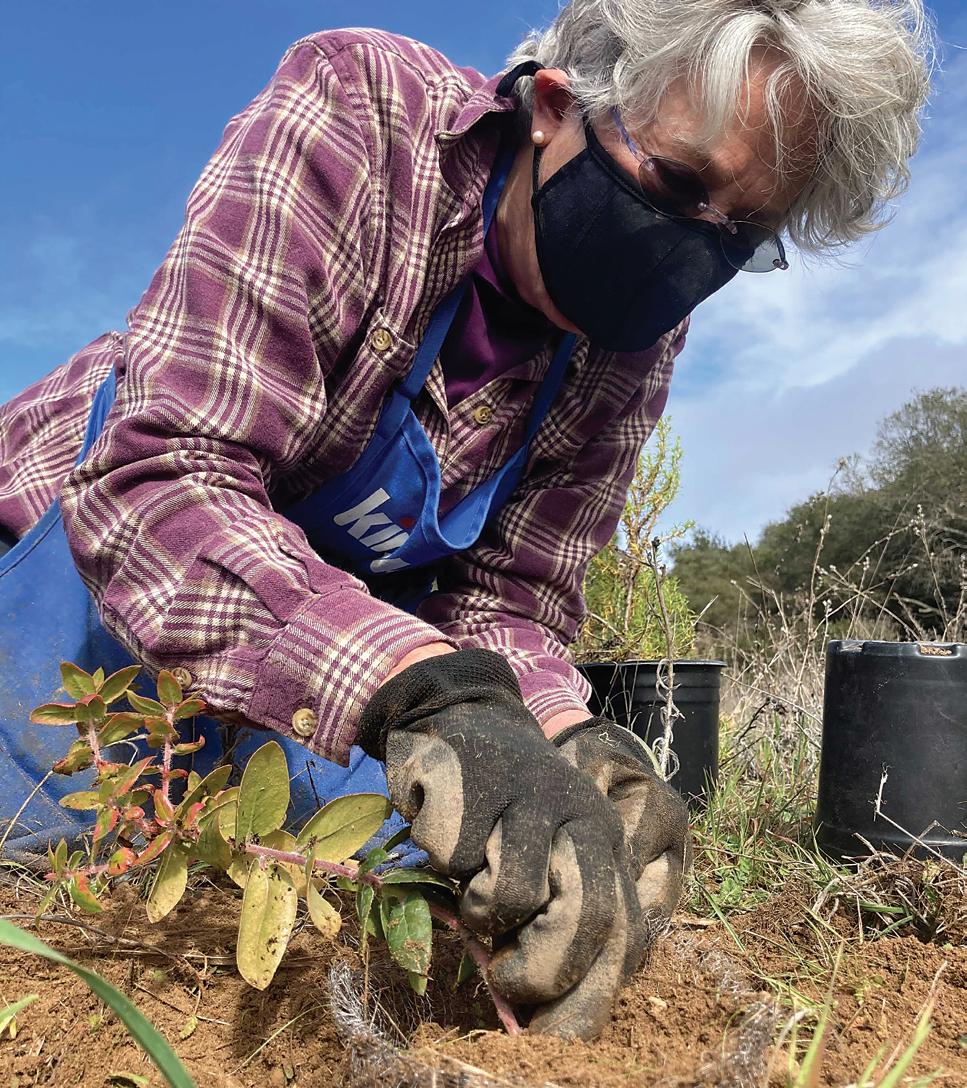

















In a time of extraordinary challenges, you have helped the Elkhorn Slough Foundation and Elkhorn Slough Reserve continue to protect and restore this remarkable estuary and its surrounding lands, today and for future generations. is translates into critical habitat for diverse plants and wildlife — including several threatened and endangered species. As scientists sound the alarm about what may be the beginning of our planet's sixth mass extinction, safeguarding biodiversity and habitat increases in importance each day. By acting locally, you have a global impact during this pivotal moment.

(continued on page 4)
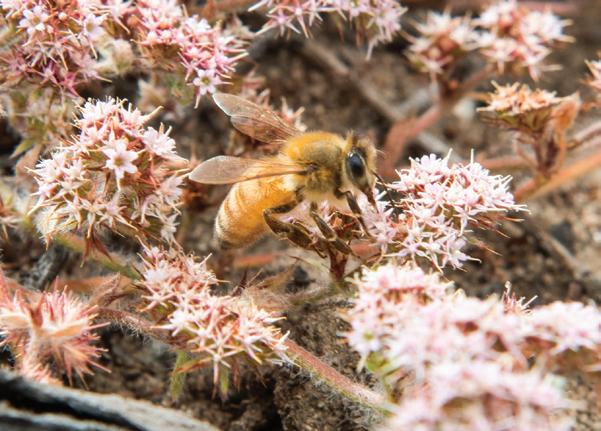






Elkhorn Slough Foundation
Bruce Welden
President
Robert Hartmann
Vice President
Anne Secker
Treasurer
Sandy Hale
Secretary
Anne Olsen
Past President
Gary Bloom
Terry Eckhardt
Emmett Linder
Kent Marshall
Hon. Susan Matcham
Murry Schekman
Laura Solorio, MD
Tara Trautsch
Mark Silberstein
Executive Director
e mission of the Elkhorn Slough Foundation is to conserve and restore Elkhorn Slough and its watershed.
We see Elkhorn Slough and its watershed protected forever— a working landscape, where people, farming, industry, and nature thrive together. As one of California’s last great coastal wetlands, Elkhorn Slough will remain a wellspring of life and a source of inspiration for generations to come
PO Box 267, Moss Landing California 95039
tel: (831) 728-5939 fax: (831) 728-7031
www.elkhornslough.org

is spring, the Elkhorn Slough Reserve received new funding of $1.3 million from the Ocean Protection Council and $980,000 from the U.S. Fish & Wildlife Service National Coastal Wetlands Conservation Program to support a far-reaching, multifaceted restoration initiative that will bring back an entire coastal landscape — from native grasslands to tidal salt marsh, from eelgrass beds to Olympia oysters.
e project will return salt marsh to an area where it was previously lost to diking. Soil from a nearby eld is being graded and moved into the diked area to raise the elevation high enough to support tidal marsh. Native coastal prairie grasses will be planted on the newly exposed soil horizon before weeds have a chance to become established. Eelgrass meadows will be restored by taking small plugs from existing dense beds and planting them in the newly restored tidal creeks of the marsh restoration area. Researchers will monitor the ability of eelgrass meadows to protect new creek banks from erosion


Southern Sea Otter
Enhydra lutris nereis
STATUS Federally Threatened HABITAT Open coast, estuary, and tidal salt marsh
HIGHLIGHTS Sea otters have the densest fur of any mammal…and the Elkhorn Slough has the densest concentration of Southern sea otters anywhere—more than 120 individuals. The Reserve Otter Monitoring Program, consisting of a large team of Reserve volunteers, is the only current e ort to thoroughly track distribution and abundance of otters in the estuary.




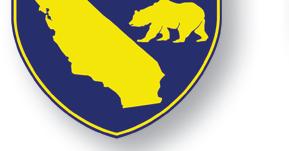
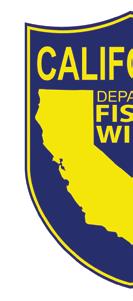







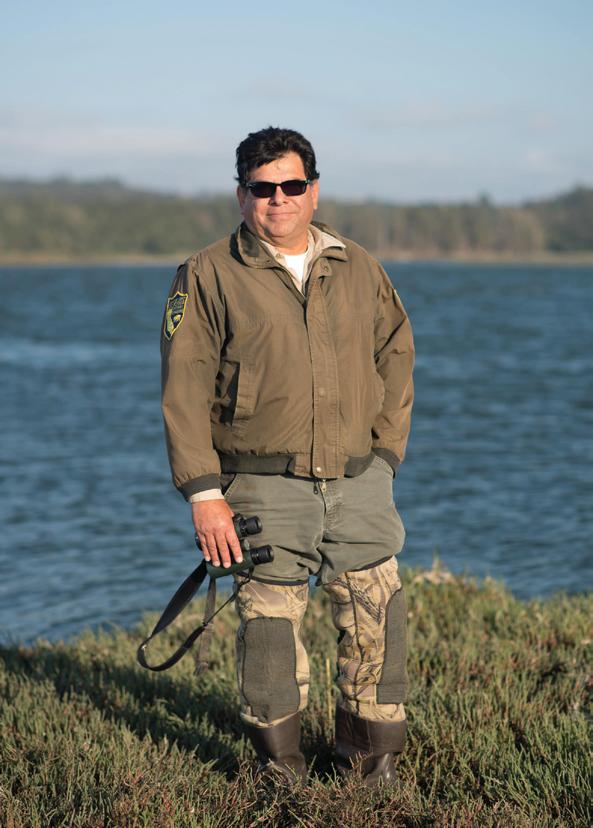
Salicornia paci ca
“With this e ort, we’re using a holistic approach to put the puzzle pieces of an ecosystem together and restore an entire coastal landscape.”

—Dave Feliz, Reserve Manager
by slowing wind waves, and examine the role restored habitats play in providing refuge for commercially valuable sh species and for sea otters.
STATUS Tidal marsh habitat is ecologically valuable and rare in California, and has been adversely impacted by human activity — 50% of marsh habitat has been lost in the Elkhorn Slough. Thus, tidal marshes, including most pickleweed marshes, are protected habitats.
HABITAT Tidal salt marsh
HIGHLIGHTS Cores taken through pickleweed marshes in the estuary by Reserve scientists have revealed that some marshes are thousands of years old. There are a few yards of ancient marsh peat under these marshes, locking up substantial amounts of carbon.
In addition to supporting the programs and research of the Reserve, ESF also plays an important role in protecting sea otter habitat by conserving and restoring uplands that drain to the wetlands of the estuary, and research has shown improved water quality in the estuary adjacent to Foundationprotected lands.

ough not a listed species, native Olympia oysters are at dire risk of local extinction in the Elkhorn Slough.
Zostera marina
To restore these vanishing suspension feeders, scientists bring mature oysters from the slough to an aquaculture facility at Moss Landing Marine Labs, where specialists feed and warm them until they produce larvae. e larvae settle out on clam shells provided by the aquaculture team. When the baby oysters grow to be dime-sized, they will be reintroduced to restored tidal creeks.
Forging a novel partnership, Reserve Research Coordinator Kerstin Wasson invited the Amah Mutsun Tribal Land Trust to collaborate in the oyster restoration project, deepening our shared connection to coastal resources at Elkhorn Slough and beyond.


Ostrea lurida
STATUS At risk of local extinction in the Elkhorn Slough
HABITAT Tidal creeks and mud ats HIGHLIGHTS In 2018, a pilot e ort to introduce Olympia oysters raised through aquaculture, nearly doubled the existing population in the estuary.
“Oysters have lived in Elkhorn Slough for thousands of years,” says Reserve Research Coordinator Kerstin Wasson.
“I don’t want them to disappear on my watch.”
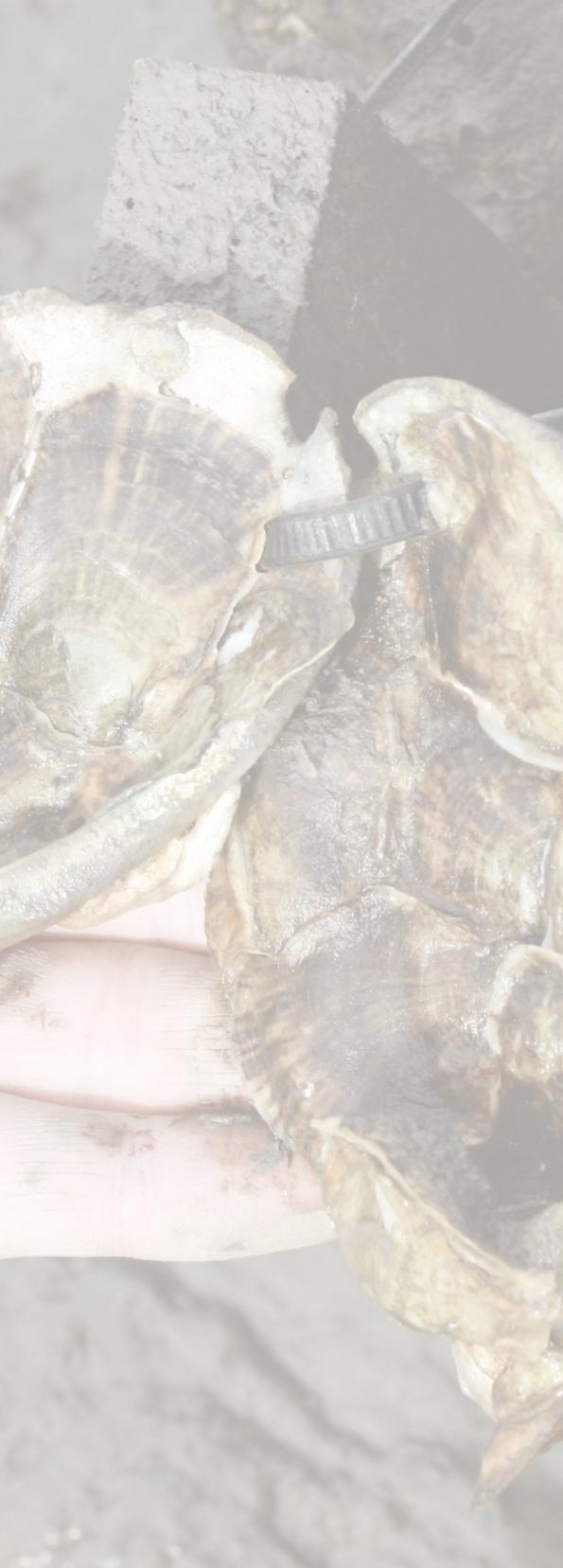
“ is project will provide the Amah Mutsun with opportunities to nurture shell sh and work in wetland habitats on their ancestral lands, and I look forward to learning from their perspectives on coastal stewardship,” says Kerstin.
STATUS Recognized as Essential Fish Habitat (EFH) and a Habitat of Particular Concern under the Magnuson-Stevens Fishery Conservation and Management Act in 1996
HABITAT Meadows in intertidal and subtidal zones of the estuary
HIGHLIGHTS Eelgrass beds have been gradually expanding in the estuary after huge losses resulting from poor water quality, but are still only at 40% of the acreage visible in our earliest aerial photos from the 1930s. Recently restored plots increased over 8,000% in area, and were documented to support commercially valuable at sh.

Stay tuned for more about these exciting collaborations in an upcoming issue of Tidal Exchange ■
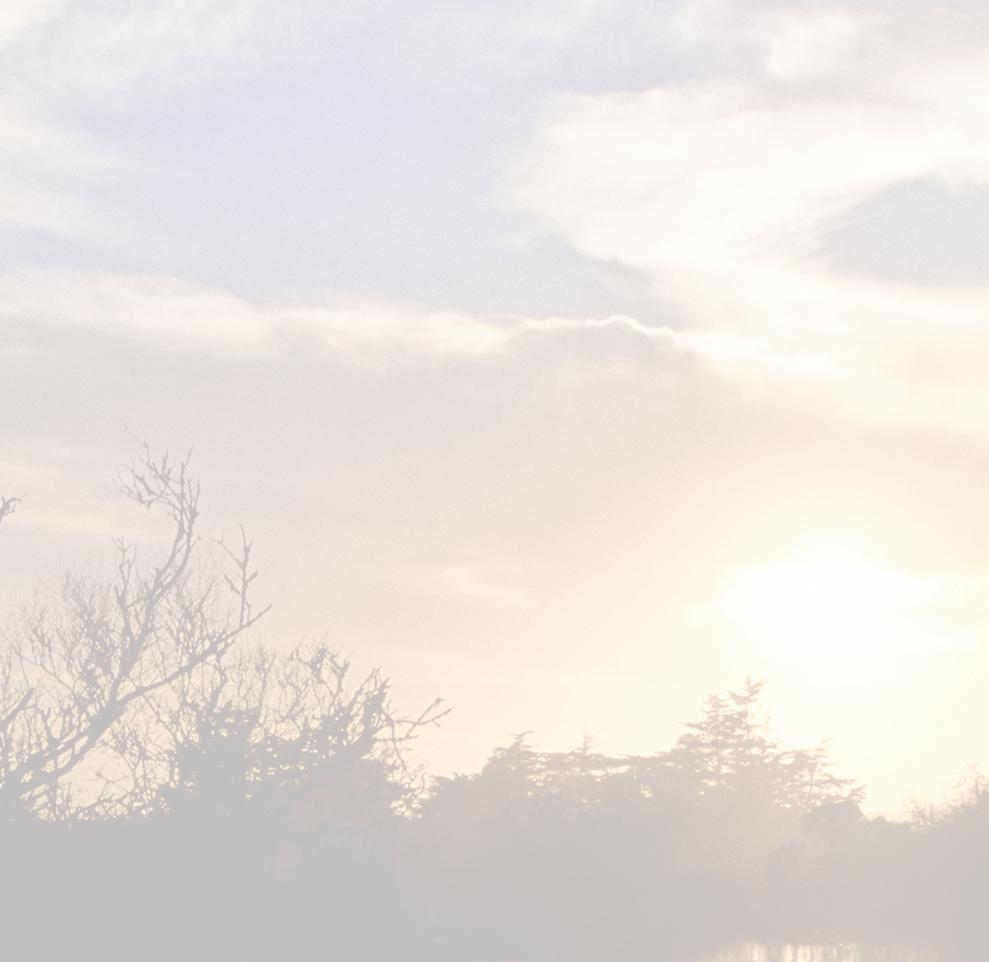
Eucyclogobius newberryi
STATUS Federally Endangered
HABITAT Brackish coastal marshes, lagoons, and inlets — such as Bennett Slough and Moro Cojo Slough, tributaries of Elkhorn Slough — where salinity and nutrient levels uctuate with the mixing of freshwater and saltwater.

HIGHLIGHTS The federally endangered tidewater goby is a 2-inchlong sh that lives at the bottom of shallow coastal embayments. Spawning season peaks when temperatures warm in spring. Female gobies lay hundreds of eggs in vertical burrows up to 8-inches deep, which the males guard until the eggs hatch, around 10 days later. After hatching the larval sh live in the midwater, sheltering and foraging in underwater vegetation until they mature. The lifespan of a tidewater goby is around one year.



Piperia yadonii
STATUS Federally Endangered; CNPS California Rare Plant Rank: 1B.1 (rare, threatened, or endangered in California and elsewhere)
HABITAT Maritime chaparral



(continued from cover)
From the ridgelines to the tidelines — whether through acquiring conservation lands, improving water quality, restoring native habitat, or supporting the recovery of threatened species — here are a few examples of how you make a tangible di erence for the threatened and endangered species of the Elkhorn Slough.


HIGHLIGHTS Named in honor of Paci c Grove botanist Vern Yadon, the otherwise unassuming Yadon’s rein orchid sends up ower spikes in spring. Elkhorn Slough Foundation protects more than 30% of the maritime chaparral in our watershed — providing critically important habitat not only for Yadon’s rein orchid, but also for other rare and threatened plants including Eastwood’s goldenbush, Monterey spine ower, and Pajaro Manzanita.


e views from the ridgelines surrounding the Elkhorn Slough are spectacular — panoramic vistas that take in the Paci c Ocean and the estuary, peaks of the Coast and Gabilan ranges, and fertile farmlands of the Pajaro and Salinas Valleys. ese ridges are home to maritime chaparral, a rare habitat type that supports more than its share of endangered and threatened plants, including Yadon’s rein orchid, Eastwood’s goldenbush, and Pajaro manzanita. Yet the scenic location of maritime chaparral also places the ridgelines at risk of development.
Because maritime chaparral plants are slow-growing and thrive in a limited range, it is far more e ective to protect existing tracts of maritime chaparral than to try to restore habitat after it is lost. To date, ESF has worked diligently to permanently protect more than 370 acres of maritime chaparral on properties including Sand Hill Farm, El Chamisal, Brothers Ranch, and Elkhorn Highlands Reserve. We map and monitor endangered species on these lands, and remove non-native invasive plants such as jubata grass and eucalyptus, which compete with native chaparral plants for limited water and nutrients.
Closer to the tideline, Elkhorn Slough Foundation is in the nal stages of closing escrow on 34-acres of historic wetlanda, expanding our holdings in the Moro Cojo watershed to more than 450 acres. We are acquiring the property in partnership with Central Coast Wetlands Group (CCWG), who will enhance the habitat and implement water quality improvements on the property, providing critical habitat for a variety of sh and wildlife — including the endangered tidewater goby, and more than 150 species of birds.
Previously owned by conservation-minded farmers who work neighboring lands, these low-lying areas are unsuitable for cultivation, yet ideal for wetland restoration. ESF and CCWG have worked with Ocean Mist Farms for the past 15 years to improve in ows to the wetlands of Moro Cojo and the lower Salinas River. Soon our collaboration will reconnect these historic wetlands to the main channel of the Moro Cojo, and restore native rushes and grasses that naturally lter runo before it reaches the bay.
(continued on page 5)
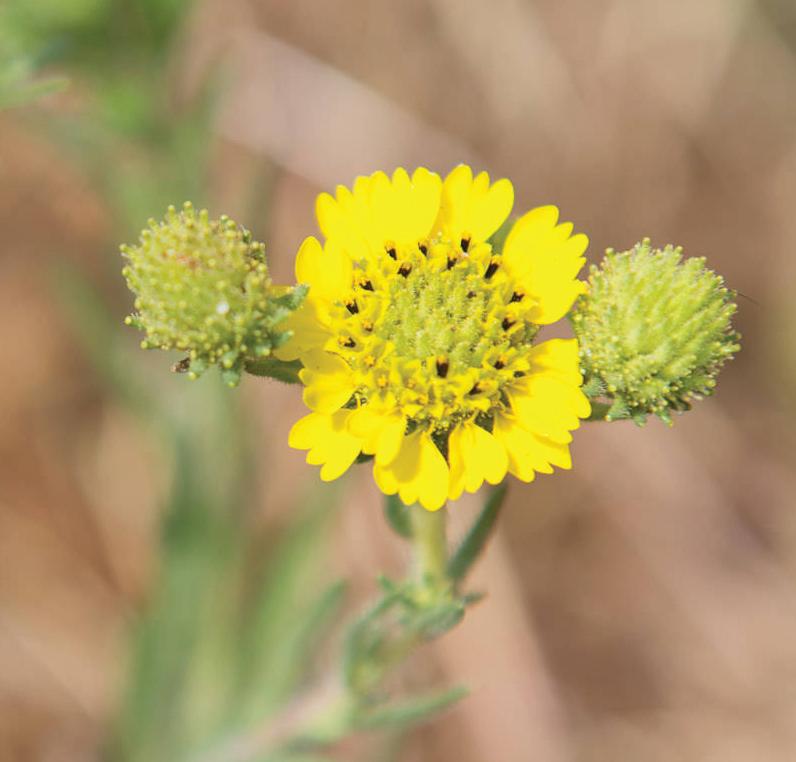


(continued from page 4)

STATUS Federally Threatened, California Endangered; California Native Plant Society (CNPS) California Rare Plant Rank: 1B.1 (rare, threatened, or endangered in California and elsewhere)
HABITAT Grasslands and coastal terrace prairie; fewer than 30 known sites, almost exclusively in Santa Cruz County and North Monterey County.
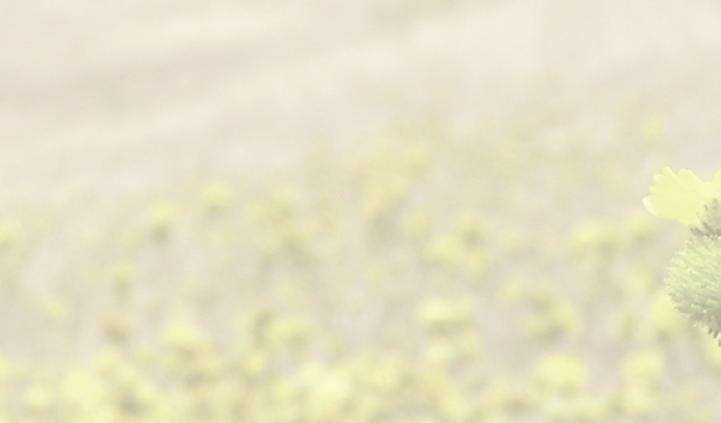

HIGHLIGHTS Santa Cruz tarplant is a member of the sun ower family, and is sometimes called Santa Cruz sun ower. On Porter Ranch, our land stewardship team uses managed grazing to prevent tall grasses from overshadowing the tiny tarplant. We look forward to sharing the results of our e orts to expand the existing population of these endangered wild owers in a future issue of Tidal Exchange.
In spring, wild owers like sky lupine, California poppies, and owl’s clover blanket the rolling coastal terrace prairie of ESF’s Porter Ranch. By comparison, the ranch’s early autumn bloom of vivid yellow Santa Cruz tarplant are often overlooked.
Santa Cruz tarplant grows in fewer than 30 populations on earth — among them, Porter Ranch. rough a combination of managed grazing and science-based monitoring, we’re working to expand our population of these endemic wild owers, and keep them growing strong.

is year, our land team has collected and sown seed in an area of Porter Ranch where tarplant was previously absent. ough Santa Cruz tarplant is nicky and challenging to reintroduce, by sowing in soils and conditions like those in which the owers are already thriving, we are optimistic about expanding our population of this endemic, federally threatened wild ower.
e Elkhorn Slough watershed is home to three species of federally-listed amphibians: endangered Santa Cruz long-toed salamanders, threatened California tiger salamanders, and threatened California red-legged frogs. e seasonal ponds and wetlands required by breeding amphibians were once an abundant habitat in our watershed, yet are now exceedingly rare.
e ESF land team is working to protect critical breeding ponds and adjacent uplands upon which these endangered amphibians depend for their survival. is involves managing and restoring seasonal wetlands, planting native vegetation to enhance habitat and reduce erosion. rough a generous donation from an ESF donor, Elkhorn Slough Reserve’s biologist Susie Fork is funded to monitor the success of this work, tracking water quality to ensure ponds provide healthy conditions for native amphibians and wildlife, and quantifying the recovery of endangered salamanders at our restoration sites.

STATUS Federally Endangered
HABITAT Seasonal wetlands near oak woodlands and coastal scrub
HIGHLIGHTS Santa Cruz long-toed salamanders have a lifespan of about 10 years and life stages that pass from egg to aquatic larvae to adult. Their seasonal breeding ponds have been vanishing over the past century. Salamander larvae can be di cult to detect at low abundance in big wetlands. With seed money from a generous ESF donor and a major grant from the U.S. Fish & Wildlife Service and California Department of Fish & Wildlife, the Reserve is exploring environmental DNA techniques to detect new breeding sites. If you or friends own a wetland in range of this salamander, please be in touch if you’d be willing to let us do some DNA sleuthing!
We're in this together, and thanks to you, the species you’ve read about here, and countless others, stand a ghting chance. ■


Anne Secker, Treasurer, ESF Board of Directors

Despite a year in which Covid-19 disrupted all of our lives in many ways, I am heartened to report that our community and supporters have truly risen to the occasion — and that the Elkhorn Slough Foundation is standing strong.
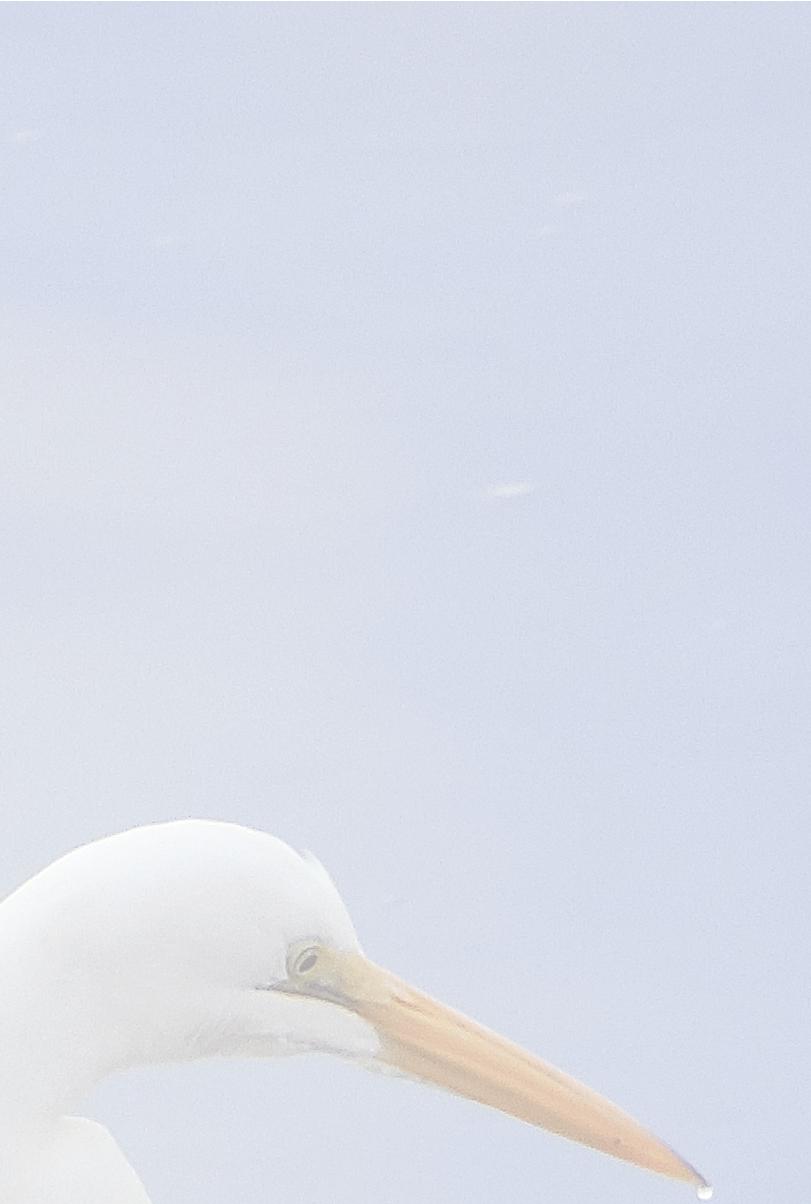
Conservation work requires investment of both time and nancial resources. Our fundraising success in the past year re ects that our community recognizes the acute need for protecting and restoring native habitat, and the biodiversity dependent upon it. While most of our sta sheltered in place and worked remotely, keeping us operating smoothly despite the year’s challenges, our land team has been hard at work in the eld, restoring habitat and seasonal ponds for endangered amphibians. You may have seen photos of their work on ESF’s social media, including Facebook (facebook.com/elkhornslough) and Instagram (instagram.com/elkhornslough_org).



I recently rejoined the ESF Board of Directors because, though my previous term had expired, it is an honor to serve an organization that is held in such high esteem by our community for its critical land-saving work. I speak on behalf of the Board in stating although 2020 was challenging on many fronts, the Foundation remains on strong nancial footing. We are con dent in the Foundation’s nancial position, strength, and our nancial reporting transparency.
Presented here is a summary of ESF’s standing for our most recently completed scal year, demonstrating that your commitment and gifts are well-invested and well-managed. anks to your support, we are positioned to accelerate our protection of critical conservation lands and our restoration of previously degraded habitat in Elkhorn Slough.


We have much to hope for in the years ahead and, with your continued support, we will be able to achieve those goals! ■
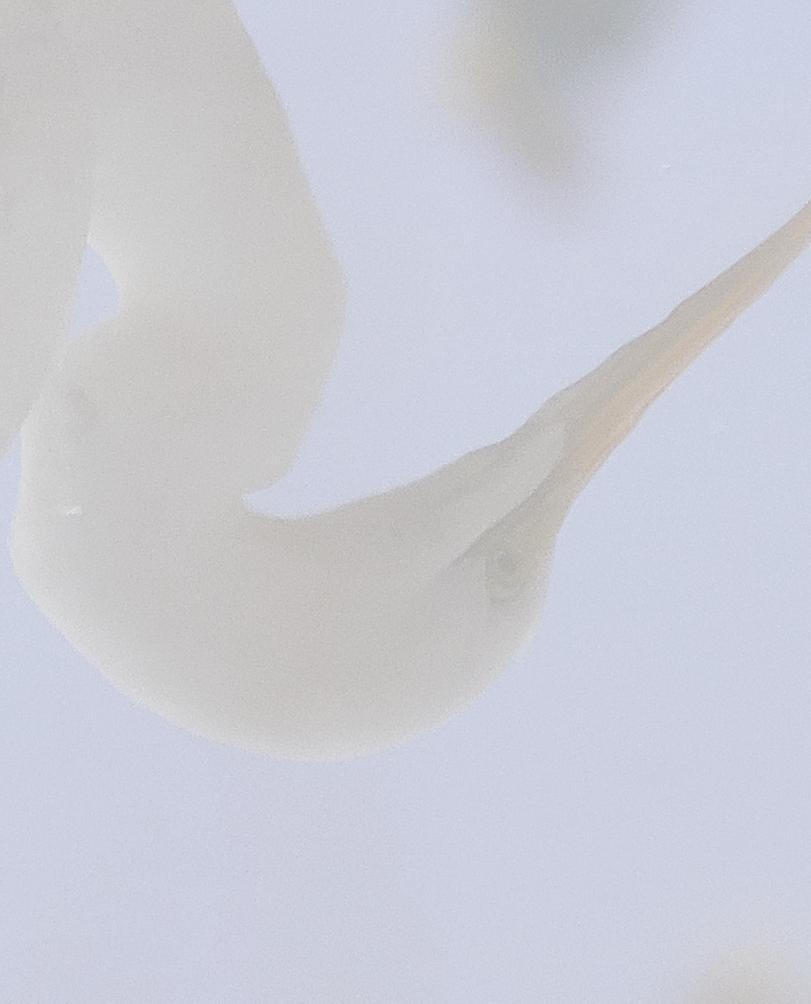
P.O. Box 267
Moss Landing, CA 95039
Elkhorn Slough Reserve is open to the public Wednesday through Sunday, 9 am to 5 pm. We hope you’ll join us for a visit or a virtual event. For details and safety protocols, or to sign up for an event or workshop, visit www.elkhornslough.org.
April 24, am–: pm: Teacher Workshop: Aquatic Wild is one-day workshop takes a deep dive into our aquatic habitats and the critters who inhabit these wet worlds! Teachers leave with the Aquatic Wild guide to hundreds of fun, engaging lessons to lead eld investigations at their school or on the Reserve.
April 29, :– pm: Evenings at the Estuary: Watershed Scale inking – From the Big Picture to Your Backyard
Join ESF Stewardship Director Dash Dunkell and Digital Mapping expert Kass Green to learn about new vegetation maps of the Elkhorn Slough, our watershed restoration e orts, and how you can take meaningful action in your own area.
May 15-19: Teachers on the Estuary Workshop (TOTE) is workshop is a fun few days with tons of lesson ideas for engaging your students in topics like: water quality data collection, climate change and plant migration and estuarine science ideas! Our 2021 focus will be on climate change and blue carbon.
June 26, am–: pm: Teacher Workshop: Aquatic Wild
See event decription April 24.
elkhornslough.org/stay-connected


